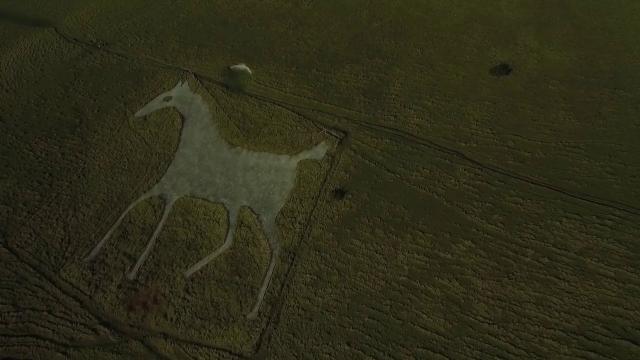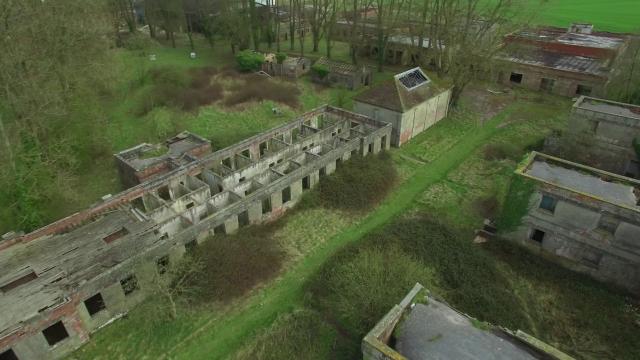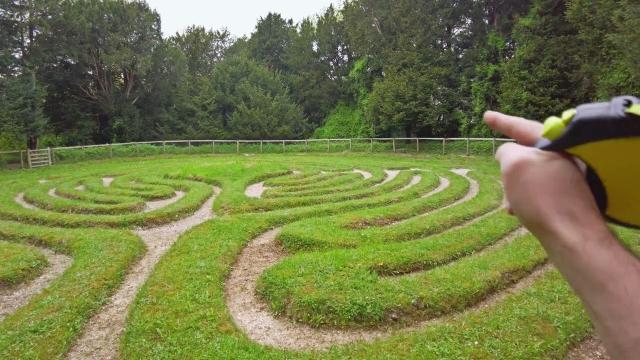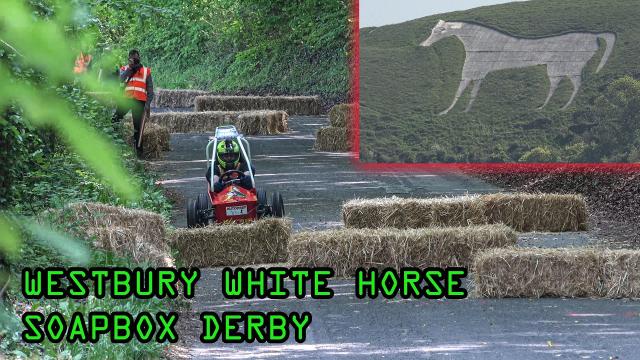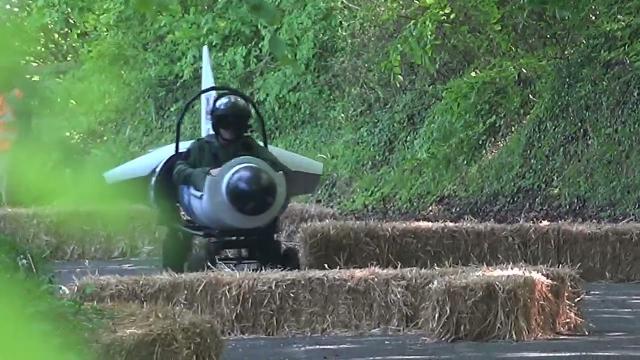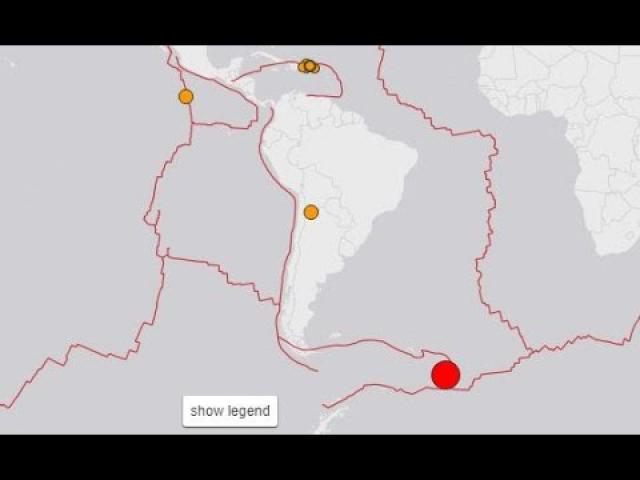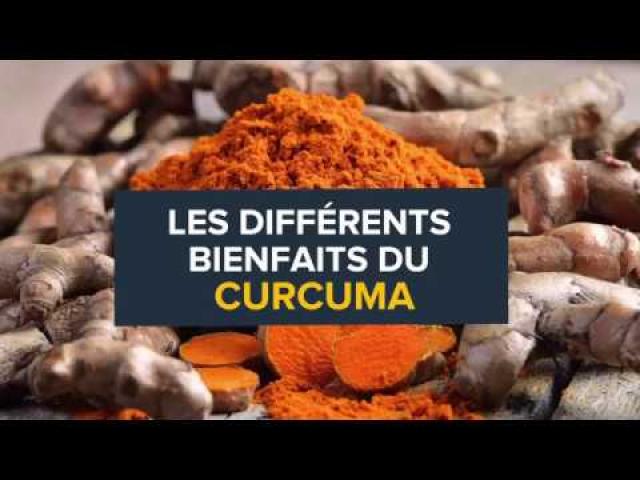UFFINGTON White Horse Explore and Drone
Description
The Uffington White Horse is a prehistoric hill figure, 110 m (360 ft)[1] long, formed from deep trenches filled with crushed white chalk. The figure is situated on the upper slopes of White Horse Hill in the English civil parish of Uffington (in the ceremonial county of Oxfordshire and historic county of Berkshire), some 16 km (10 mi) east of Swindon, 8 km (5.0 mi) south of the town of Faringdon and a similar distance west of the town of Wantage; or 2.5 km (1.6 mi) south of Uffington. The hill forms a part of the scarp of the Berkshire Downs and overlooks the Vale of White Horse to the north. The best views of the figure are obtained from the air, or from directly across the Vale, particularly around the villages of Great Coxwell, Longcot, and Fernham.
The Uffington White Horse was created some time between 1380 and 550 BC, during the late Bronze Age or early Iron Age. The site is owned and managed by the National Trust and is a scheduled monument.[2] The Guardian stated in 2003 that "for more than 3,000 years, the Uffington White Horse has been jealously guarded as a masterpiece of minimalist art."[3] The Uffington Horse is by far the oldest of the white horse figures in Britain and is of an entirely different design from the others inspired by it.[4][5]
Origin
Uffington White Horse, sketched by William Plenderleath in The White Horses of the West of England (1892)[6]
The earliest reference to the site is found in Medieval Welsh literature. The Llyfr Coch Hergest (Red Book of Hergest, 1375–1425) states that "Near to the town of Abinton there is a mountain with a figure of a stallion upon it, and it is white. Nothing grows upon it." Some scholars have compared the figure to the Celtic goddess Epona, or the later Rhiannon of the Mabinogi[7]
The figure is one of a number in the area that was long thought to have ancient origins. In the 17th century, John Aubrey attributed the figure to Hengist and Horsa. However, Aubrey also ascribed its origins to the British Celts, noting the similarity of the image to those found on native Iron Age coins.[8] Francis Wise would state that the image was created by Alfred the Great to celebrate his victory at the Battle of Edington.
Although the notion of it being a post-Roman creation remained popular, many antiquarians and scholars had noted the designs similarity to the Celtic art found on the coins of the local tribes (the Dobunni and Atrebates). Comparative analysis of the design with numismatic and archeological finds was conducted by Stuart Piggott in 1931 and Ann Ross in 1967, with Piggott suggesting circa 100 BCE as a possible date of origin.[9] In 1949, Morris Marple suggested a Bronze Age date, comparing the design to others throughout Europe and North Africa.[10]
Music by MONK BY THE SEA.
Join this channel to get access to perks:
https://www.youtube.com/channel/UCE8EZOTrWrpd2234SDk5ZOA/join
https://www.tiktok.com/@thesecretvaultofficial
My Instagram: https://www.instagram.com/TheSecretVaultOFFICIAL/ (no private messages please)
Facebook: https://www.facebook.com/groups/1228424283971624/ (no private messages please)
https://www.tiktok.com/@thesecretvault
email me at me@thematthewwilliams.com
EMAIL IS THE NUMBER 1 WAY TO GET HOLD OF ME!!!
Equipment used:
DJI Mavic Zoom DRONE
Sony A7s ii with Samyang 14mm full frame lens
Dji Pocket 2 camera
Insta 360x R
BOBLOV 32GB Ambarella A7L50 Bodyworn Infra Red Camera
Adobe Premiere Pro 2020
Ryzen 5950X
65GB Ram
Windows 10 (No Apple shiz here)
Nvidia RTX 3950 GFX
#Abandonedplaces #Abandonedplacesuk #urbexuk #undergroundbunker #urbexexploration #urbex_europe_ #urbextreme #urbexphotography #DerelictBuildings #frozenintime #timecapsule
#abandoned #hills #history

